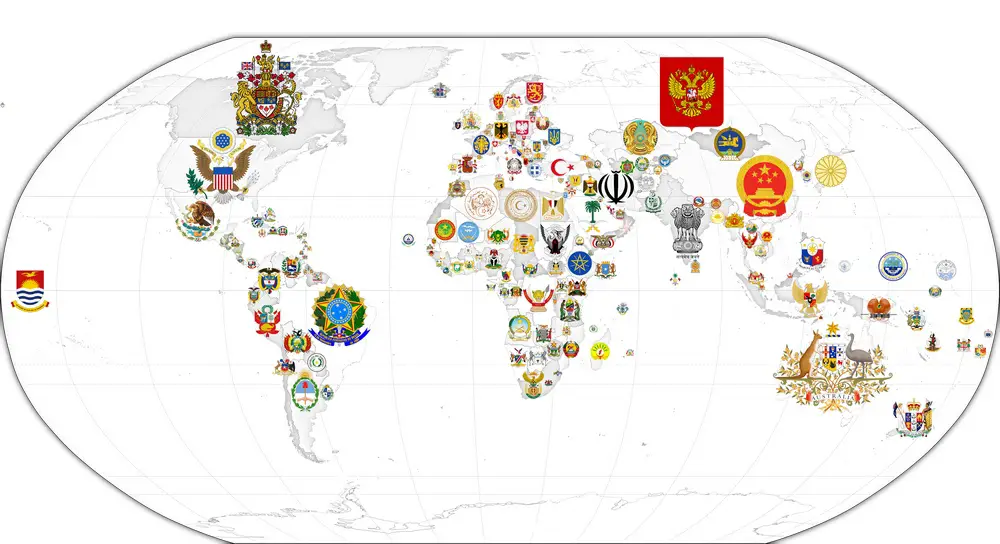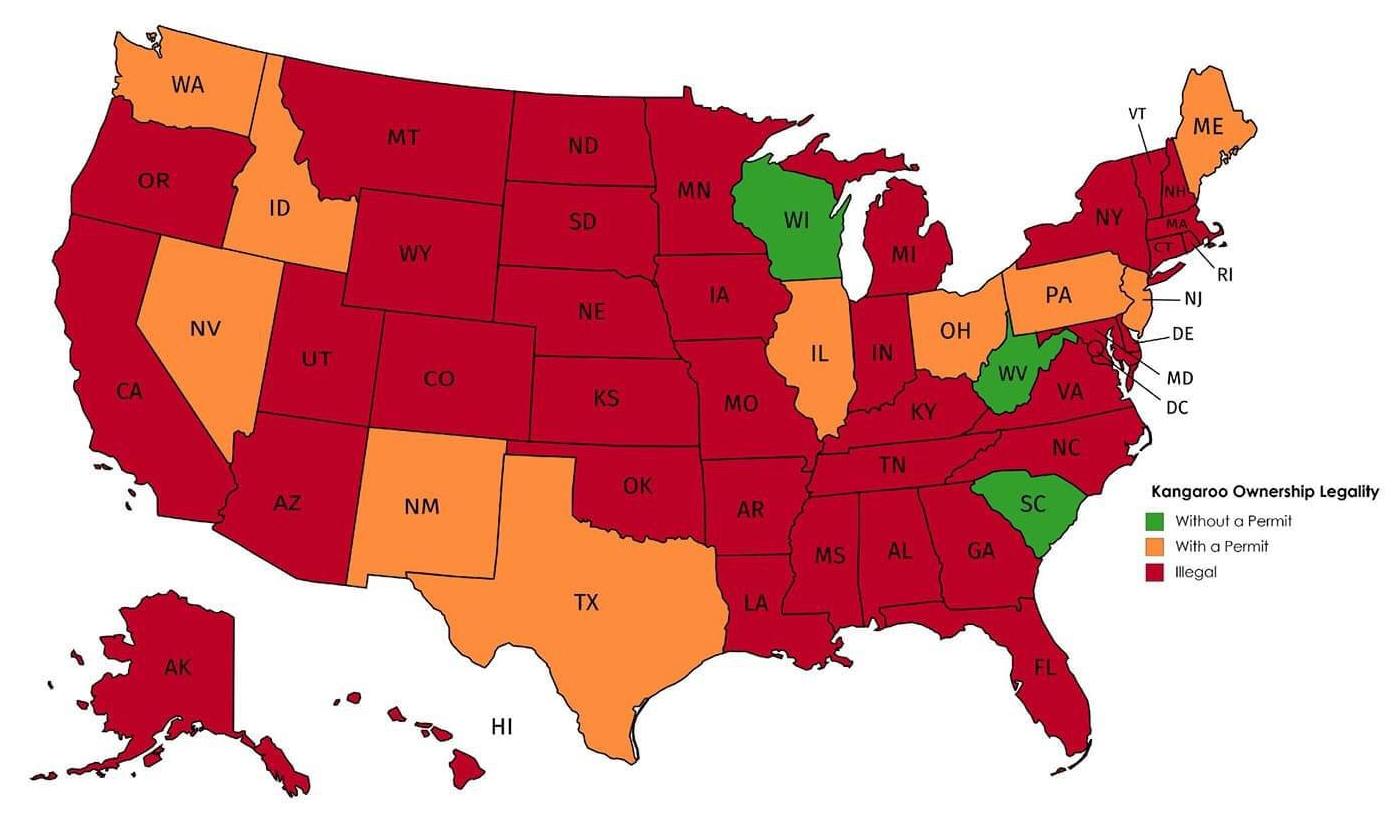From Lions to Towers: The Stories Behind Europe’s Coats of Arms
Lay a map of Europe on the table and you’ll notice it’s more than just borders and dots for capitals. Look closely and you’ll spot little pictures – lions, towers, eagles – that aren’t there just for decoration. Each one has a backstory, sometimes going back hundreds of years, tied to battles, old alliances, religion, or local legends.
Table of Contents
Where Heraldry Began
Out on the battlefield, a knight in full armor looked much like any other. To tell who was who, fighters started painting bold patterns or symbols on their shields, banners, and tunics. Before long, those designs were more than just practical—they became family marks, passed down like heirlooms.
By the early 1200s, heraldry wasn’t limited to soldiers. Towns had their own arms, and soon kingdoms and new nations followed. A single image could say, “This is who we are” far faster than any speech.
How a Coat of Arms Comes Together
A coat of arms usually has a few familiar parts:
- Shield – the main background, sometimes divided into sections.
- Charges – the figures or objects on the shield, from animals to tools.
- Tinctures – the colors, each carrying traditional meanings.
- Supporters – figures standing to either side of the shield.
- Crest – a smaller design perched above it.
- Motto – often in Latin, a phrase summing up the spirit of the bearer.
National Symbols with Character
On a heraldic map of Europe, every country’s coat of arms has a personality of its own. A few stand out for their vivid stories:
- Vatican City – Crossed keys recalling the ones given to St. Peter, a design in use since the 14th century, and a constant reminder of the Vatican’s place at the center of the Catholic world.
- United Kingdom – England’s three lions, Scotland’s red lion, and Ireland’s harp all share space on the same shield. It’s a visual record of how the union came together over time, piece by piece.
- San Marino – Three stone towers on three mountain peaks, hardly changed in more than six centuries, quietly telling the world that this little republic has stood on its own for a very long time.
- Montenegro – A double-headed eagle and a lion, blending local dynastic symbols with Byzantine influence.
- Estonia – Three blue lions on gold, dating back to the 13th century, surviving through periods of foreign rule.
- Switzerland – A white cross on red, stripped of ornament, speaking plainly of independence and neutrality.






Here is the map of nations’ emblems and coats of arms of European countries created by @nerdy.maps.

When Cities Wear Their History
Heraldry didn’t stop at national borders. Many European capitals have their own emblems, often tied to local legends or historic rights:
- Prague – A gate with three towers and a sword-wielding arm, showing its medieval right to defend itself.
- Bern – A bear, a pun on the city’s name, striding across red since the 13th century.
- Lisbon – A ship flanked by ravens, tied to the legend of St. Vincent.
- Tallinn – A Danish cross and three lions, echoing its 13th-century ties to Denmark.
- Madrid – A bear reaching up to a strawberry tree, a unique emblem from the Middle Ages.
- Rome – A red shield marked with “SPQR,” linking modern Rome directly to its ancient republican past.
- Prague: The Czech capital’s emblem features a gate with three towers and an arm holding a sword, symbolizing the city’s historical right to self-defense, a design used since the 15th century.
- Bern: The Swiss capital’s emblem includes a bear, a play on the city’s name, walking on a red background, and carrying weapons. This design has been in use since the 13th century.
- Lisbon: The Portuguese capital’s emblem includes a ship with two ravens, referencing the legend of St. Vincent, the city’s patron saint. This design has evolved since the 14th century while retaining its core elements.
- Tallinn: The Estonian capital’s emblem features a Danish cross and three lions, reflecting the city’s history. This design has been in use since the 13th century.
- Madrid: The Spanish capital’s emblem includes a bear reaching for fruit from a strawberry tree, a design that has been in use since the 13th century. It’s one of the few city emblems to feature a specific plant species.
- Rome: The Eternal City’s coat of arms features a red shield with a golden cross at the top and the letters “SPQR” (Senatus Populusque Romanus – The Senate and People of Rome) in gold. This emblem, while simpler than some might expect, carries deep historical significance. The “SPQR” acronym has been a symbol of Rome since ancient times, representing the city’s republican traditions and its continuity from ancient to modern times.






Here is the map of European capitals by city emblem created by historynutshell.com

How the Symbols Have Shifted
Europe’s coats of arms have rarely been frozen in time. They’ve adapted to political changes, cultural shifts, and even graphic design trends:
- After 1991 – Many Eastern European nations restored old designs. Russia brought back the double-headed eagle from the 1400s.
- New States – Kosovo’s arms, adopted in 2008, include a map of the country and stars for its ethnic groups.
- Tweaks and Updates – Spain has adjusted its design several times; the current version dates to 1981.
- Side by Side with the EU – In many official settings, the circle of twelve gold stars is often shown with the national arms, keeping local identity visible while acknowledging EU membership.
- City Branding – Some cities use stripped-down versions of their arms for modern use. Amsterdam, for instance, sometimes skips the crown and supporters, leaving just the shield with its three white crosses.
More Than Decoration
Whether it’s a lion, a tower, or a simple cross, these symbols can carry the memory of a battle, a saint, or the joining of territories. Across Europe, they mark turning points in history—from the cold coasts of the north to the sunlit harbors of the south—and they keep changing as the people and places they stand for move into new eras.
Interested in exploring European geography further? Check out these maps on Amazon:








